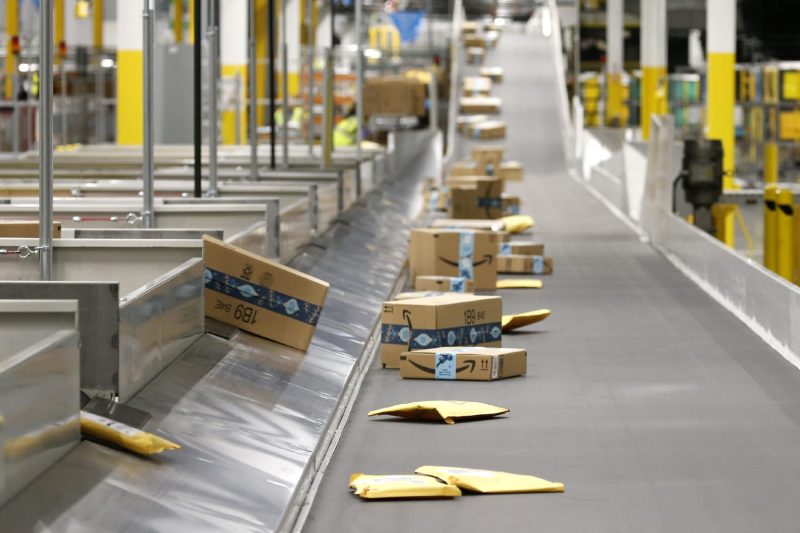In a landmark decision that could potentially reshape the e-commerce landscape, the US Consumer Product Safety Commission (CPSC) has ruled that Amazon is legally responsible for dangerous products sold on its platform. The comprehensive judgment brings to light a novel perspective on Amazon’s position as not merely a sales platform, but takes into account their active participation in stocking, distributing, and facilitating transactional processes.
The CPSC, a federal agency empowered to protect the public from risk of injury from consumer products, filed a complaint against Amazon stating their liability for products sold by third-party sellers on their site that were deemed hazardous. This includes over 400,000 faulty hair dryers that may pose a shock hazard if dropped in water and nearly 24,000 carbon monoxide detectors that fail to alarm, creating a significant risk to consumers. Amazon’s reaction was immediate, providing refunds to consumers who purchased these defective items offered by third-parties and ceased their sale on the platform.
According to the CPSC, mere removal of these dangerous products from its e-commerce site and offering refunds to customers was not sufficient, as the harm was already done. Establishing Amazon’s responsibility in these cases is a game-changer, as it shatters the long-held notion that the platform merely facilitates a marketplace for independent sellers.
Traditionally, Amazon has maintained it is not directly responsible for defective items sold on its platform by third-party vendors since it is only a platform, not a direct seller. However, the CPSC ruling disputes this categorization, viewing Amazon as a ‘distributor’ or ‘retailer’, and thus, as culpable as the manufacturer for any litigation arising out of defective goods under the Consumer Product Safety Act (CPSA). This made Amazon accountable for meeting safety standards and ensuring all products sold on its site are free from defaults and safety hazards.
The ramifications of this ruling are extensive as it potentially disrupts the way e-commerce operates. Online retailers, including Amazon, will be required to implement robust quality-control regulations and inspection mechanism for third-party vendors. Without comprehensive vetting and monitoring systems in place, e-commerce giants run the risk of being held legally responsible for any faulty product sold on their platforms, thus changing the balance of power in the e-commerce ecosystem.
Furthermore, the ruling could also open the floodgates for future consumer litigation against Amazon, or any online marketplace for that matter, instigating higher scrutiny for vendors and sellers alike. It emphasizes the need for a more thorough review of products listed on these sites, predominantly those sourced and sold by third-party vendors.
Notably, this ruling serves as an urgent call-to-action for e-commerce industry stakeholders. Pivotal measures need to be taken to ensure secure and effective management of these platforms and to safeguard the interest of consumers. Offering safe products is no longer just an ethical responsibility but a legal mandate that companies need to adhere to.
In essence, the CPSC ruling reflects a timeless and universal principle: With great power comes great responsibility. For Amazon, its immense power as a worldwide e-commerce leader must equally be matched with a commitment to enabling a safe and secure platform for its millions of loyal customers. Time will tell how this groundbreaking decision shapes the future of e-commerce, but it undoubtedly brings consumer safety to the forefront like never before.




